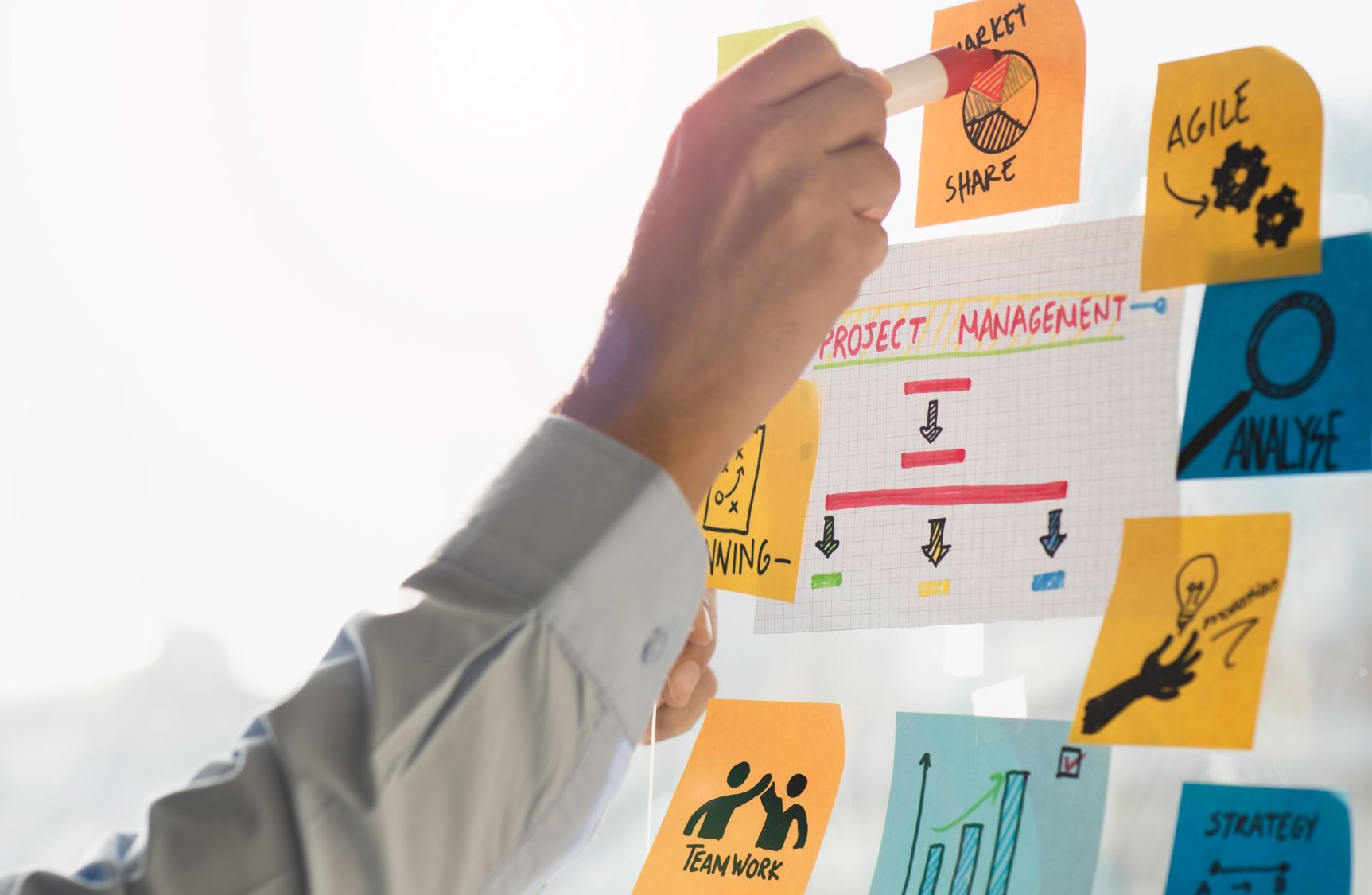Successful execution of a construction project is not only a matter of the experience of the team, but above all a well thought-out plan of action. In a world where delays, material shortages and unforeseen situations are a daily occurrence, a well-prepared Construction Management Plan (CMP) is the foundation of a successful project.
CMP is a comprehensive project management plan – from planning to construction completion. It takes into account resources, schedule, costs, as well as potential risks. With modern tools such as ClickUp, developing and implementing a CMP is simpler than ever before.
Key findings
-
CMP organizes all stages of the project – from scope to schedule and risk.
-
A good CMP prevents delays, excess costs and communication errors.
-
Tools like ClickUp allow centralization of management and automation of key processes.
-
Effective quality control and risk management reduce the need for revisions.
-
Regular monitoring of progress and clear communication between teams increase productivity.
Table of contents
-
What is a Construction Management Plan?
-
Why is the CMP essential?
-
Key elements of the CMP
-
How to develop a CMP step by step?
-
Automation and tools – ClickUp
-
CMP implementation at the construction site
-
Challenges and their solutions
-
Summary
What is a Construction Management Plan?
A CMP is a document that defines how a construction project will be implemented. It includes strategies, schedules, resource allocation and risk management. Its main purpose is to ensure that work runs smoothly, avoiding conflicts and costly downtime. The CMP organizes the activities of contractors, engineers and project managers around a common goal.
Why is the CMP essential?
With CMP you can:
-
Carefully define the scope and requirements of the project,
-
prevent budget overruns,
-
Ensure safety at the construction site,
-
Maintain smooth communication between stakeholders,
-
counter unforeseen obstacles.
Key elements of the CMP
-
Scope of the project – what is to be achieved, what are the key objectives.
-
Accountability – who is responsible for what.
-
Schedule – deadlines, milestones, task dependencies.
-
Budget and resources – costs of materials, labor, equipment and reserves.
-
Risk management – hazard analysis and contingency scenarios.
-
Quality plan – quality control of materials and works.
-
Communication plan – who, when and how to report progress.
-
Waste management – compliance with environmental standards.
How to develop a CMP step by step?
1. defining the scope and objectives of the project
Define objectives, key deliverables, budget and time constraints. Also consider legal requirements and the needs of all stakeholders.
2. work breakdown structure (WBS)
Divide the project into phases (e.g., foundation, installation, finishing) and then into smaller tasks assigned to specific people. In ClickUp, you can do this visually, such as with a Mind Map or Gantt.
3. risk planning
Identify potential problems (weather, supplies, emergencies). Plan preventive and contingency measures. It is useful to create “what if” scenarios.
4. budget and resource management
Prepare a cost estimate with a buffer for unforeseen expenses. Track expenses in real time with Dashboards in ClickUp to avoid budget overruns.
5. schedule and milestones
Schedule task dependencies, inspection dates, permits and key dates. With ClickUp’s Gantt Charts, it’s easy to adjust your plan as changes occur.
6. quality control plan
Material testing, inspections and documentation are essential to avoid corrections. In ClickUp, you can attach checklists and attachments (such as test results) to each task.
Automation and tools – ClickUp
Instead of using 10 different tools, you can organize everything in one system. ClickUp integrates management of tasks, documents, chats, charts and budgets in one place.
-
Mind Maps to create WBS
-
Docs to co-create project documents
-
Gantt for schedule management
-
Dashboards for monitoring expenses and resources
-
Automations for assigning tasks, sending notifications or generating checklists
CMP implementation at the construction site
CMP implementation requires:
-
delineation of work zones,
-
supply monitoring,
-
Regular servicing of equipment,
-
Quickly adjust plans (e.g., via Board View in ClickUp),
-
Coordination of multiple teams (communication via assigned comments and ClickUp chats).
Challenges and their solutions
-
Delays and cost overruns – tools like Gantt and Dashboard reduce risk through visualization and monitoring.
-
Staff shortages – plan training and automate processes.
-
Health and safety hazards – briefings, inspections, enforcement of rules.
Summary
Construction is not chaos – it’s a precise process that requires organization and technology. With the help of tools like ClickUp, you can take control of every stage of the project. From planning to implementation, CMP is not a luxury, it’s a necessity.
Start with a good plan. Automate management. Build with your head.



